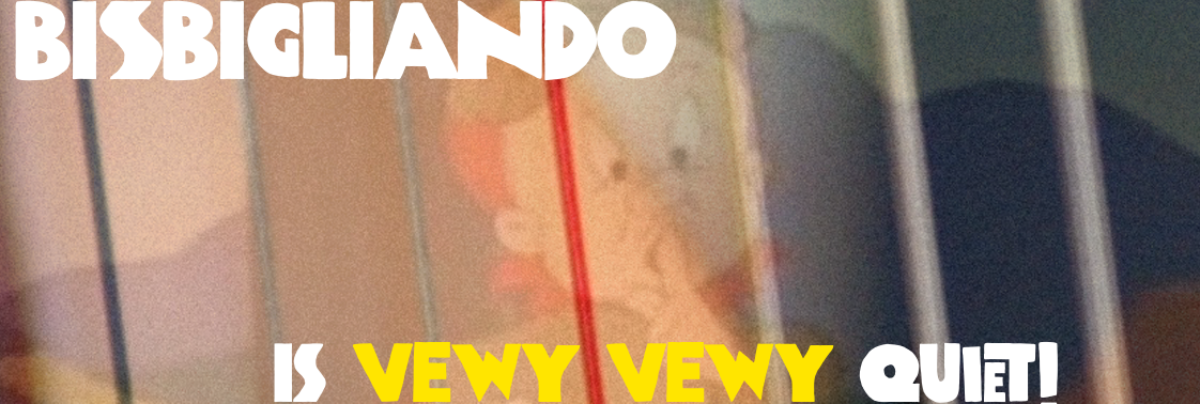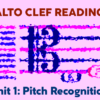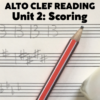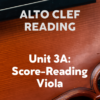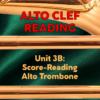(Tip no. 75 from 100 MORE Orchestration Tips, to be released March 2020)
No matter how much a composer might wish otherwise, harpists simply cannot play bisbigliando loudly.
Most of the tips in this book and in the original 100 Orchestration Tips are about things you won’t find in orchestration manuals; or about things that the manuals do cover, but not in sufficient detail to fully grasp the player’s perspective. This is not intended as a slight against orchestration manuals, by the way, which can be enormously useful for reference and basic information; but merely stating why there needs to be information such as you’ll find in my tips.
Every so often, though, I find myself writing tips that underline what’s said in the manuals – mainly because I’m seeing how frequently some basic information isn’t always accepted or paid much heed. The chief culprit in this regard? Harp bisbigliando. Time and again, a composer will score a work in progress for review which marks mf, f, or even ff along with a marking of bisbigliando, in places where the harp must be loud in order to properly function in a given texture.
The honest truth, though, is that bisbigliando simply cannot be played loudly. The Italian term literally translates as “whispering.” And thus is its maximum dynamic: the loudest one could expect from the effect would be a stage whisper, not even noticeable compared to an average note played by any other instrument, and in fact useless in any kind of orchestral texture louder than pianissimo. Piston calls this “a kind of delicate rustling motion…appropriate to soft nuances.” Other manuals say nearly the same thing. When it’s used in the appropriate fashion, the effect is haunting and unforgettable.
But why can’t this effect be pushed up in volume to be as loud as the composer might want? To answer that, we must delve into the mechanics of the effect. Usually the player’s hands alternate two enharmonically equivalent chords, giving the illusion that the same chord is being repeated at quite a rapid tremolo. There’s usually a slight arpeggiando effect to this, almost as if the chords are being stroked softly as if petting a cat rather than plucked in alternating blocks. This adds to the mystery, and also helps the effect feel more randomised.
The whole effect is based on subtlety – so much so that when it’s pushed, the result is a snarling, jolted mess. There are several reasons for this, but the most basic limitation is simply technical. The fingers simply can’t alternate plucking in this way with so much force. It’s not like lifting and dropping the wrists to hammer away at a piano chord trill. That’s not how the hands work across harp strings. And even were it possible, then strings so quickly and loudly repeated would end up “stomping,” with an ugly buzz with every new pluck. So regrettably, bisbigliando played with any kind of force is outside the technique of the concert harpist.

Fig. 75: Holst, Neptune, The Planets, bars 1-5 of the full score. An example of bisbigliando scoring at its best. Holst adds the effect as a distant whispering over an unearthly wind chorale. The harps will be audible here – just barely. This continues on for most of the first half of the movement.
My recommendation? Instead of attempting to score loud bisbigliando and ending up with the musical equivalent of a weed-whacker tickling a ukulele, find another instrument or group of instruments that can execute louder tremolos with better results. Marimbas play tremolo far more effectively, with a similar gentle tone to harp. Other mallet instruments also apply, using harder or softer mallets as needed for a specific colour or force of attack. Even a randomly strummed pizzicato string group quasi gitarra, i.e. held in the lap like a guitar, might give better results. And then when you do employ a true harp bisbigliando, use it at its most enchanting, where subtlety and restraint say more than a hundred crashing tuttis.

